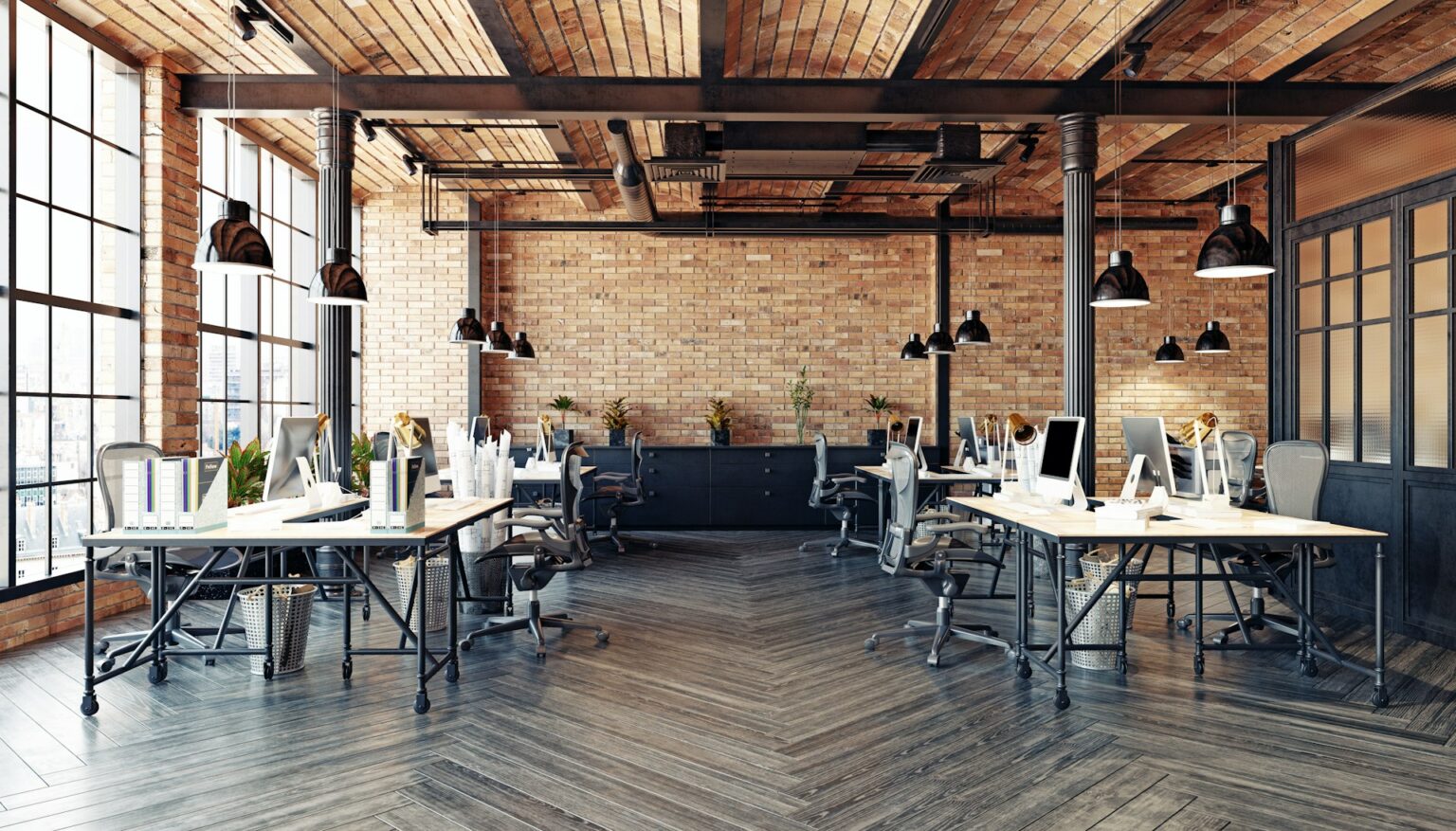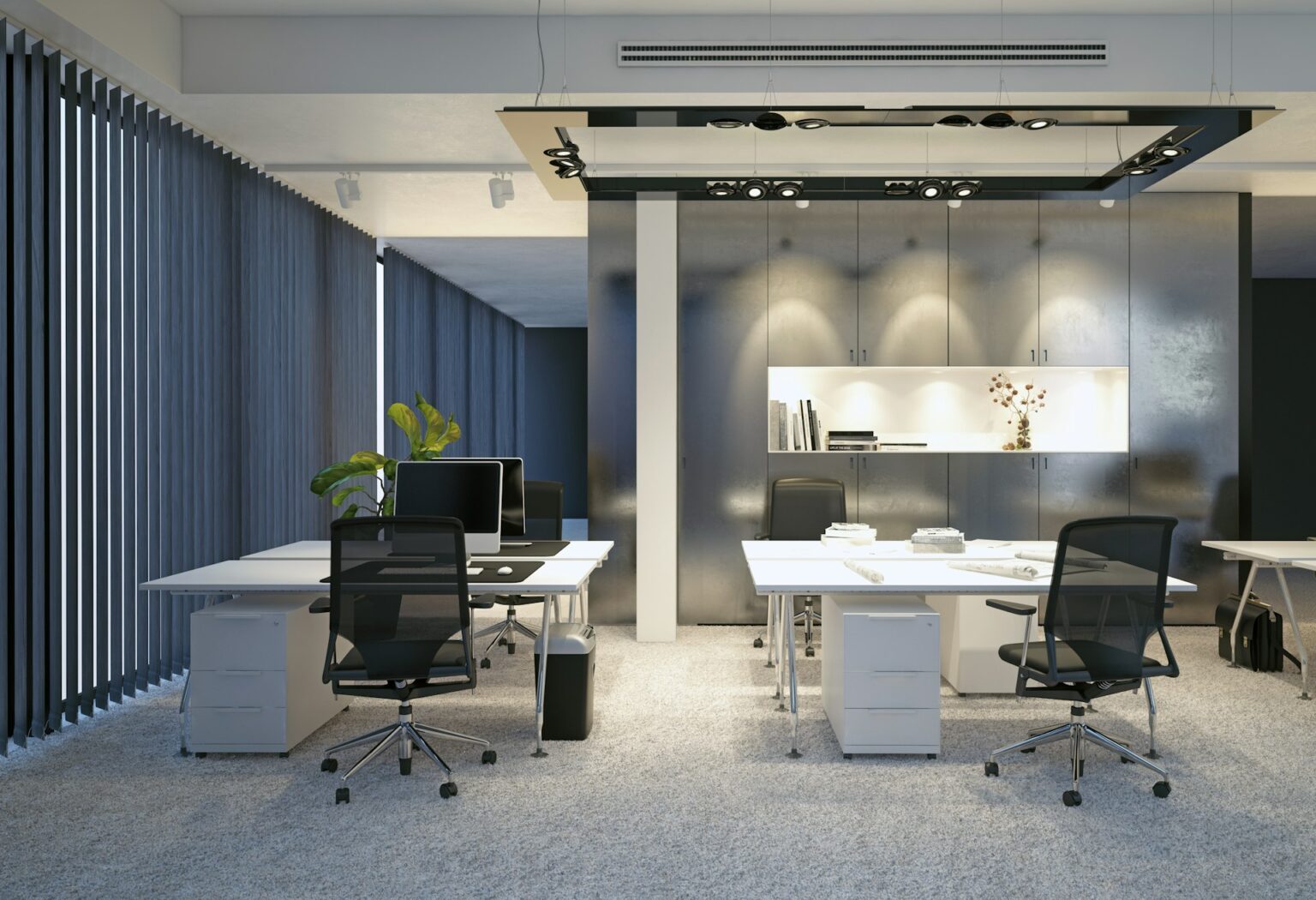Commercial floors are built tough, but even the strongest materials can break down if water gets underneath. Whether it’s from a slow leak or a sudden flood, moisture can cause long-term problems that aren’t always easy to spot at first. What might seem like minor wear can turn into major repair jobs if left unaddressed. It can also create hazardous work conditions for employees and damage equipment.
Omaha experiences wide seasonal changes, like high humidity during summer and snowmelt in the winter. These shifts make commercial floors more vulnerable to moisture issues. Water damage doesn’t always show up in big, obvious ways. It often starts with small changes that grow worse over time. That’s why spotting early warning signs makes a big difference. This article highlights those signs and outlines steps you can take to resolve them effectively.
Common Causes of Water Damage in Commercial Floors
Water damage doesn’t always need an obvious event like a flood to take hold. Over time, smaller problems can lead to serious flooring issues. Many commercial spaces in Omaha deal with environmental and structural factors that raise the risk of moisture issues. Here are some common culprits.
– Leaky or damaged roofs
Minor roof leaks might not seem urgent, especially when the water isn’t visible right away. But once water makes its way beneath the surface or into ceiling areas, it can support mold growth and loosen flooring materials. These leaks often go unnoticed until visible signs form on the floor.
– Poor building drainage
When outside water isn’t properly directed away from the building, it accumulates near the foundation and enters through small cracks. Improper grading, clogged downspouts, or poorly placed gutters can increase this risk, especially during heavy rain or melting snow.
– Spills and cleaning techniques
In high-traffic areas like stores, schools, or warehouses, spills are common. If wet spots aren’t fully dried or the cleaning products used are not suitable for the flooring material, moisture can build up over time below the surface.
– HVAC or condensation problems
Poor insulation, failing HVAC systems, or badly routed air ducts can contribute to condensation that settles on or under your floors. Even if it happens slowly, this ongoing moisture weakens adhesives and coatings.
– Excess indoor humidity
In Omaha, sultry summers can bring damp air inside. If the facility’s ventilation or dehumidification isn’t keeping up, elevated indoor humidity may warp flooring materials or cause tiles to come loose. Even floors like concrete slabs can absorb water vapor under the right conditions.
A great example comes from an office lobby in Omaha where a small leak after a storm was ignored because the tiles looked dry the next day. After a few weeks, the tiles began lifting and changed color. What looked like a small inconvenience became an expensive replacement job.
Being aware of these moisture sources and keeping a regular check helps protect flooring from lasting harm.
Visible Signs Your Floor Has Water Damage
Not every sign of water damage is hiding under the surface. Some indicators are much easier to detect, especially if you know what to look for. Being alert to these changes on the floor can help stop the issue before it spreads.
1. Warping, buckling, or uneven surfaces
When moisture seeps beneath the surface, flooring materials might begin to shift. You’ll notice areas that rise, sink, or twist out of alignment. This can feel uneven underfoot and increase the chance of trips or equipment issues.
2. Discoloration or dark patches
Stains on flooring that weren’t there before can signal that water has made its way through the material. These marks might appear brown, grayish, or faded compared to surrounding areas. They’re easier to spot on lighter-colored surfaces.
3. Mold or mildew around the edges
Dark spots or mildew growing around baseboards or on the floor itself is a clear indicator that moisture has been sitting for a while. By the time this happens, water has likely been trapped underneath for some time.
4. Cracked tiles or lifting adhesive
Moisture can change the size of flooring materials as they expand and contract. These movements can cause cracks to form or peel up the adhesive that holds your flooring in place.
These kinds of changes often catch attention during routine cleaning or inspections. They may develop quickly or gradually depending on the moisture source and floor type. Either way, catching them early gives you more recovery options.
Subtle Indicators of Water Damage
Not all warning signs are obvious. Some sneak up over time and are easy to overlook. Paying attention to how the space smells, feels, or sounds can give you early clues that something’s off under your flooring.
– Persistent musty smells
If a certain area smells muggy or earthy, even after cleaning, there’s likely moisture trapped behind or below the flooring. Mold has a distinct odor, and it often shows up before visible signs.
– Increased humidity indoors
A space that suddenly feels too humid may be retaining unwanted moisture. This can also happen if HVAC systems aren’t functioning correctly or haven’t been maintained. You might also notice fogged-up windows or damp surfaces around the perimeter of the room.
– Peeling finish or bubbling
Floor coatings should be smooth and tight against the flooring. When bubbling or peeling occurs, it usually signals trapped moisture or a breakdown in the bond between layers. This tends to be one of the first reactions to excess water.
– Loose or shifting floor panels
Movement underfoot that wasn’t there previously might signal water damage. If adhesives beneath the floor have started to wear away due to dampness, flooring materials may begin reducing contact with the subfloor.
These signs often show up gradually. One case we saw involved an Omaha breakroom that started to smell musty over time. Staff assumed it was just the old carpet. But once tiles began to separate, it was clear something deeper was happening. Opening the floor revealed widespread moisture and mold buildup. Taking that early hint more seriously could have resulted in faster containment.
Pay attention to the quiet signs. Acting early means fewer repairs and less lost time.
Steps to Take for Moisture Remediation
Once water damage starts to show, quick action is important. Letting it sit will only make things worse. Whether it’s something you just noticed or something you’ve suspected for a while, these steps make a big difference in stopping damage and protecting your floors.
1. Find and stop the source
If the problem is coming from a roof leak, busted pipe, or HVAC drip, shut off the system or water supply if possible. Use fans and ventilation to reduce humidity and help the area dry out.
2. Record everything
Take pictures of visible damage and keep notes about smells, moisture levels, and when the problem started. This helps floor experts trace moisture paths and plan for remediation.
3. Book a professional inspection
Moisture that travels under flooring can’t always be seen without proper tools. Trained specialists will use moisture meters and sensors to spot hidden problems and figure out how damaged the area is.
4. Plan your next steps
Based on the findings, a floor expert can recommend repair options. This can range from drying systems and sealants to replacing whole sections. Fixes also include adding better drainage, updating materials, and sealing vulnerable areas to prevent repeat issues.
5. Create a routine maintenance plan
Schedule seasonal inspections and walkthroughs to catch things early. Look out for leaks after storms, check HVAC performance, and review drainage systems across the property.
These actions don’t just stop current damage from spreading. They help build stronger flooring defenses for future storms, spills, or seasonal surges in humidity.
Keeping Your Floors in Good Shape Year-Round
Commercial floors go through a lot. Between foot traffic, spills, shifting weather, and mechanical equipment, they face constant pressure. Omaha’s seasonal swings mean floors face both high heat and freezing cold—with moisture being a major issue between and during both.
The best way to protect your floors is to notice changes early. That might mean catching a faint smell, an odd soft spot under your feet, or peeling finishes where there weren’t any before. These shifts can look minor, but they give you the chance to fix things fast instead of replacing flooring later.
Choosing regular checks and the right maintenance approach means fewer surprises. If something shows up, having a trusted local flooring partner helps get your space back to normal quickly without major disruptions.
Staying on top of moisture issues not only protects your property but saves time and money over the long run. Acting early helps your floors stand up to Omaha’s changing conditions, season after season.
Protecting your commercial floors against moisture is key to keeping them in top shape. For effective solutions tailored to Omaha’s unique climate challenges, explore our expert services for moisture remediation flooring in Omaha. Floors Inc. is ready to help you maintain a sturdy, long-lasting floor that withstands the tests of time and weather.


